52 Essential Tips for a Family Vacation in Spain
- April 13, 2024
- 11 Min Read
Spain has always been a favorite with traveling families, and there’s no sign of a slowdown … in fact, it’s become one of our most requested destinations, on par with standbys like Italy and France. And for good reason: Spain is as kid-friendly as it gets! Locals adore children and go out of their way to accommodate them. Pair that with the fact that so many of the country’s marquee sights — wide golden beaches, fairytale Moorish palaces, the Dr. Seuss-like works of Antonio Gaudí — seem tailor-made for kids, and the love affair becomes easy to understand. Here’s our best parent-tested advice for a magical family vacation in Spain.
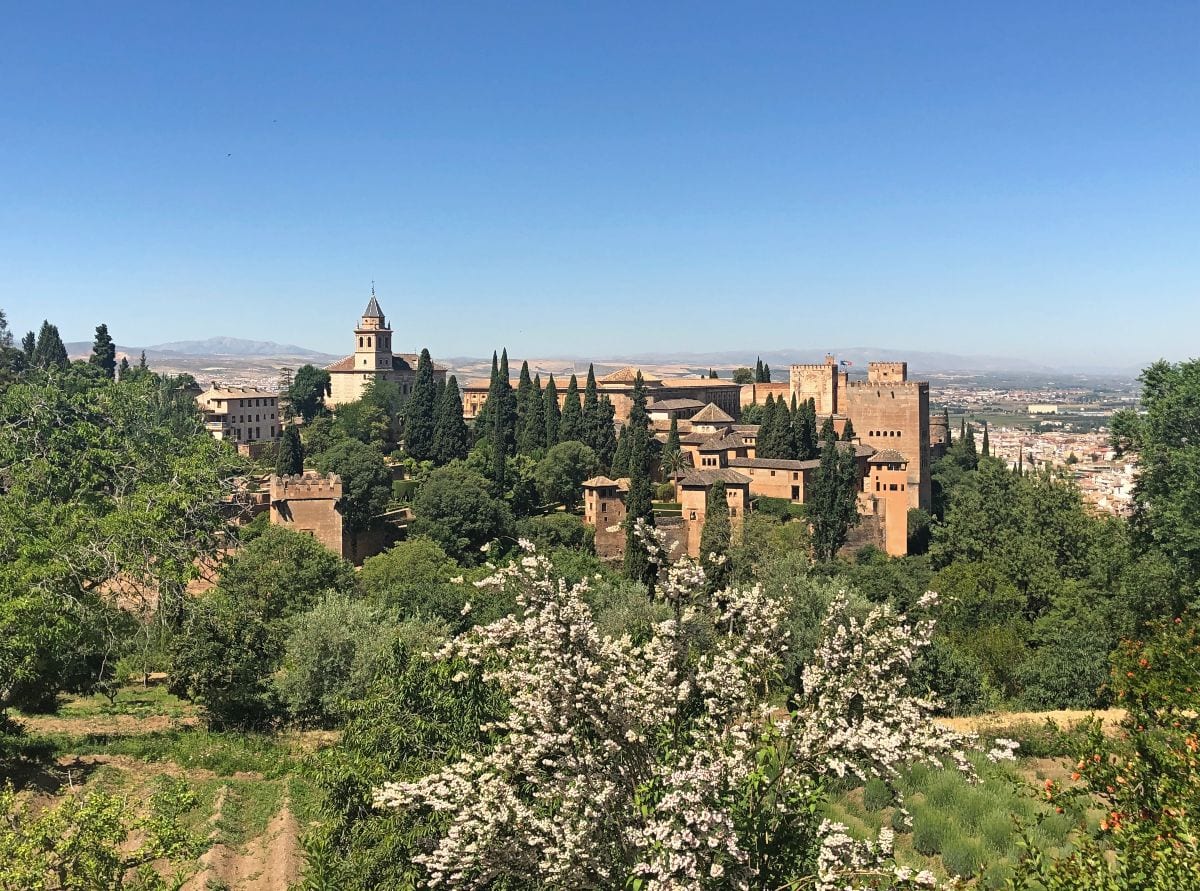
Top Things to Know for a Family Vacation in Spain
General Tips
- While not as widespread as it once was, the siesta still exists and in smaller towns and rural areas, most shops and businesses shut down for a period in the afternoon (restaurants close later, from roughly 4:30 to 8 or 9 pm). Go with it! This is a built-in chance to rest or catnap, particularly when visiting Spain with toddlers who nap anyway, in light of the late dinner hours. If you’d rather stay active on your family trip to Spain, use the time to see an attraction that remains open or take a tour of outdoor sites.
- Spanish is actually a second language for those in many parts of the country — the first is the regional tongue, like Catalan or Basque. That said, most people will switch to Spanish intuitively when talking to international visitors. English is widely spoken in big cities, less so in smaller cities and towns. Learning a few basic Spanish phrases goes a long way.
- Many mom-and-pop stores, market vendors and food stalls don’t take credit cards, so carry cash in a variety of denominations. ATMs are plentiful and easy to find.
- You’re expected to have knees and shoulders covered when entering cathedrals or other places of worship. In the summer heat, we like to bring a light scarf or shawl to throw on over a sleeveless top.
- Babysitters are practically unheard of among locals as kids are warmly welcomed everywhere and at all hours. It’s common to see toddlers and preschoolers in restaurants or playing in city squares at 10 or 11 pm.

When and Where to Go
- Andalucia, home of flamenco, orange blossoms and bullfighting, represents the Spain that most people picture, but it’s just one facet of this complex and diverse country — there are 17 regions that differ greatly in culture and character. Though some have more big-name sights than others, getting off the beaten path can be rewarding; we’ve arranged immersive experiences like surf lessons and sheep herding in out-of-the-way locations.
- The classic two-week itinerary for first-timers offers a taste of three major regions: Catalunya, Andalucia and Madrid (synonymous with the capital). Consider flying into Barcelona and taking the train to Sevilla, then on to Madrid, from which you’ll eventually fly home. You can also reverse the order and do Madrid first. All three cities make excellent home bases for a variety of day trips.
- Alternatively, with two weeks you could pair one or two places in Spain with Morocco — easy to reach by air — for an engaging cultural contrast. You could also combine Spain and Portugal, but their train systems don’t link up well; plane or car is a much easier way to get to a base like Lisbon or Porto.
- Andalucia is blazing hot from May through September. That doesn’t mean you have to skip it if summer is the only time you can travel; just do your exploring early in the day before the heat spikes and take the afternoon to cool off.
- Traveling in winter? Spain has great family-friendly ski resorts, mostly in the Pyrenees along the border with France. For active families, the Pyrenees are also a wonderful hiking destination in warmer seasons.

Playa Zurriola in San Sebastian is one of the best beaches for kids. Photo by Donostia-San Sebastian Turisme - With an unbelievable number of Michelin-starred restaurants in a small radius, San Sebastian is a magnet for foodie families. In warmer months, the beaches in this part of Basque country are a draw as well.
- The famous Running of the Bulls in Pamplona takes place each July. It’s a full week of celebrations and the streets are absolute chaos day and night. If you want to watch, we suggest doing it from the safety of a balcony (contact us for help booking this). There are plenty of kids’ events during the festival that allow families to get in on the fun.
- Semana Santa, or Holy Week, spans the week leading up to Easter. This is the biggest religious holiday of the year, with elaborate processions and more. Availability is at its lowest and prices at their highest; plan accordingly. Certain shops, restaurants and attractions may shut down for part or all of the week as well.
- Spanish beaches differ greatly among the various coasts, from seasonality and crowd levels to facilities. Use our guide to help you figure out the best fit for a seaside escape.
- Mallorca is our favorite of Spain’s islands for kids. With a wide range of family accommodations, clear and calm blue water, and a wealth of beautiful beaches, what’s not to love? It also belongs on a list of the best Spain holidays for toddlers, particularly compared to European beaches that are less safe for young kids.
- Active families with older children might consider traversing the Camino de Santiago, the ancient pilgrims’ walk that attracts people of all ages and stages from around the world. There are many different starting points from which you can get a taste of the experience, depending on your time and stamina. The walk ends at the famous Santiago de Compostela Cathedral, reputed burial place of Saint James the Great. Alternatively, consider the Camino de Ronda along the Costa Brava.
Too busy to plan? We've got you covered.
Send us a quick inquiry, and we’ll pair you with an expert Travel Advisor who can handle all your trip details: a custom-designed itinerary, private guides and experiences, and vetted accommodations, often with valuable perks to pass along. Click to get started!
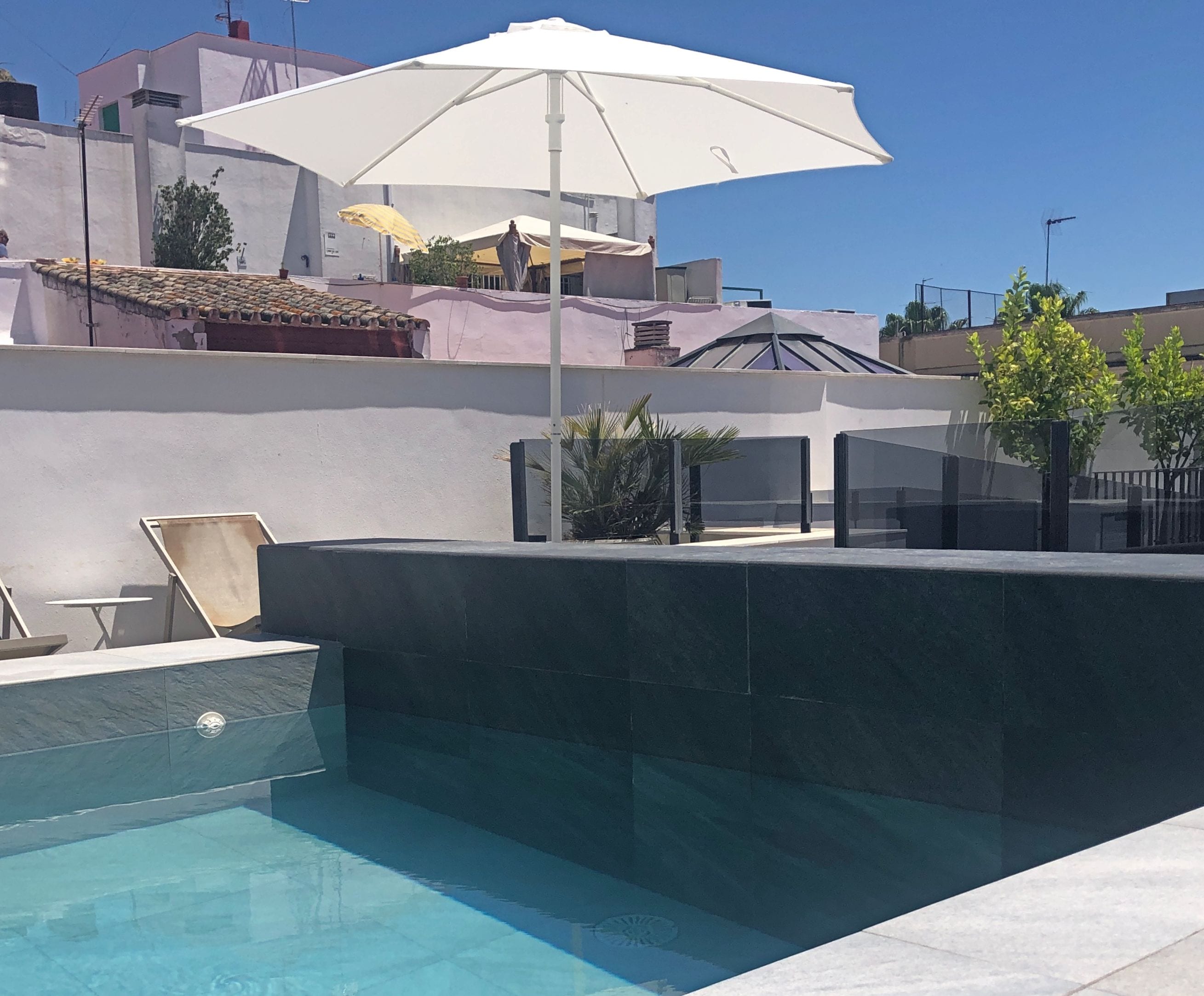
Accommodations
- Instead of purpose-built hotels, consider staying in one of Spain’s many government-run paradores, accommodations in historic buildings such as convents, monasteries and castles. There’s even a parador on the grounds of the Alhambra.
- There is no “best” neighborhood to stay in Barcelona; it comes down to personal preference and where you plan to spend the bulk of your time. We have favorite properties on the water, such as Hotel Arts, a modern skyscraper-style hotel with gorgeous sea views; and Hotel Majestic, in the tony Eixample district farther inland. If you want to be a little farther off the beaten path, consider Gràcia, a family-friendly district with a very local feel near Gaudí’s Park Guell.
- In Madrid, our top neighborhood pick is Salamanca, a leafy, upscale area that sits near must-sees like El Retiro Park and the Palacio Real (Royal Palace). Consider Hotel Palacio del Retiro, well positioned for exploring the best of the city.
- Hotels in major cities can be expensive, especially in desirable neighborhoods. Standalone apartments are well priced and give you a taste of living like a local. Always book through a reputable agency; we maintain a list of vetted apartment rental companies all over Spain as part of our trip planning service.
- If you are headed to southern Spain in the hot months, prioritize accommodations with air conditioning and a pool. Trust us on this!
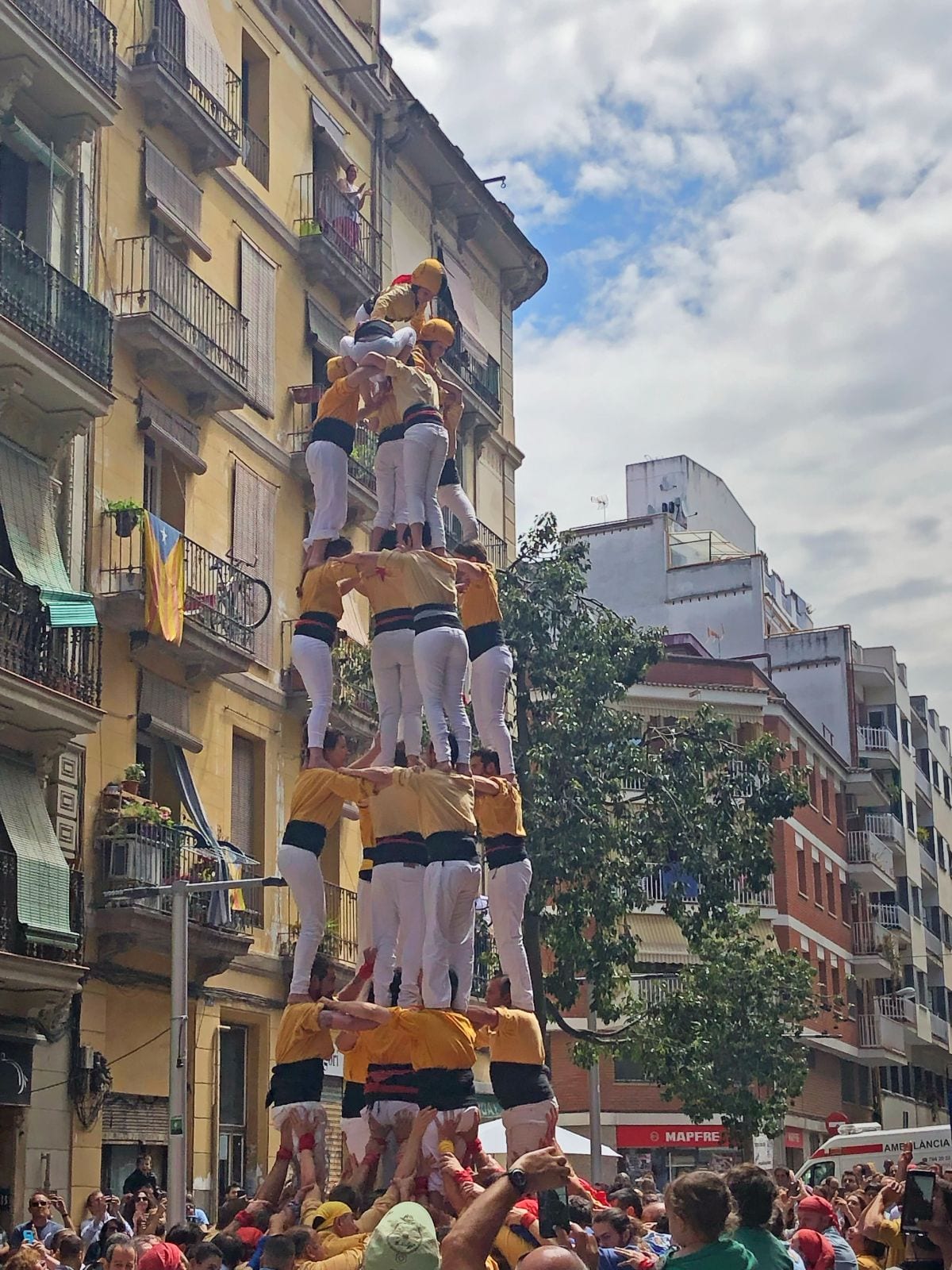
Activities and Sightseeing
- Planning to tour Park Guell, La Sagrada Familia, the Alhambra or other huge attractions? Check ticket requirements and book online to save time. Both La Sagrada Familia and Park Guell require timed entry tickets bought in advance. The Alhambra issues tickets up to three months in advance; these are in high demand, so book as early as possible to avoid disappointment.
- Hire a family-friendly guide for the Alhambra to maximize the experience. The palace is rich with history and symbolism that would otherwise be lost on kids.
- Madrid’s top two art museums, the Prado and the Reina Sofia, are free to enter during the last two hours of opening time (kids under 18 are always free). You still have to wait in line for a ticket, so arrive early.
- Almost all cities and towns have wonderful parks and plazas where kids can run and play. Bonus: Bring a soccer ball to kick around and you’ll likely have instant companions.
- If your schedule in Barcelona allows, see the local castells, a Catalan tradition that goes back at least 200 years. Skilled participants called castellers arrange themselves into human towers several tiers high, often with young kids at the very top. The action happens right on the street with the crowd cheering them on … not to be missed!
- Flamenco was born in Andalucia, and this is the region in which to see a show. Quality can vary, so ask your concierge for recommendations or work with your Family Travel Advisor to book.
- Our favorite place for a bike tour is Sevilla due to the reliably good weather and the flat terrain. Barcelona is a close second.

Food and Drink
- The Spanish dine late. Most restaurants don’t open for dinner until 8 or 8:30 pm; even then, locals will not start coming in until 9pm. Lunch, eaten between 1:30 and 4:30pm, is typically the main meal of the day.
- Restaurants usually offer a midday menu del dia, or prix fixe lunch menu, that includes several choices each for a first course, main course with side, and dessert, plus coffee and wine or a soft drink. For about €12 to €15 per person, it’s one of the best food deals in Europe.
- Tapas, Spain’s version of bar snacks, stave off hunger until dinnertime and can easily make a meal for kids who need to eat early. It’s fine to bring kids into busy tapas bars, though jostling amid the crowds may intimidate novices. One strategy is to book a tapas-hopping tour and let a guide show you the ropes.
- Pintxos (pronounced “pinchos”) are the Basque cousin to tapas; they usually consist of a slice of bread and toppings secured with a toothpick. Local culture dictates moving from bar to bar and sampling one or two at each, rather than staying put at a single venue.
- For many visitors, paella is synonymous with Spain. It’s native to Valencia on the southern coast, and that is far and away the best place — some would say the only place — to sample it. Although it appears on menus elsewhere in the country, the quality can be subpar. Instead, go with the specialties of the region you are visiting; Spain’s cuisine is wonderfully nuanced and varied.
- Children’s menus are rare, but ubiquitous dishes like tortilla española (egg and potato omelet), patatas bravas (crisp potatoes with creamy dipping sauce), ham and cheese croquetas (fritters), pan con tomate (fresh bread rubbed with garlic and tomatoes) and bocadillos (simple baguette sandwiches) are perfect for picky eaters.

- Spain’s cities have fabulous markets that are ideal for grazing or putting together a picnic. Famous markets like La Boqueria in Barcelona and Mercado de Feria in Sevilla are worth a visit, but we prefer the smaller, less touristed markets in off-path local neighborhoods. Or take a cooking class that incorporates a market shopping trip — always a hit with kids.
- Menus often list the same dish multiple ways: as a tapa, a racion (full portion) or a media racion (half portion). Be sure to indicate clearly which one you want.
- Jamon, or specially cured and dry-aged ham, is a source of national pride and a cornerstone of the Spanish diet. It is freshly cut at the venue where it’s served, and you’ll see giant legs of jamon hung in restaurants, cones filled with paper-thin slices on display at markets, slivers served as tapas and tucked into bocadillos … in short, everywhere. You can find a variety of vegetarian and vegan dining in the larger cities, but choices may be limited in small towns and in the countryside, so it’s smart to research your options ahead of time.
- The quintessential Spanish dessert is churros con chocolate: sugary strips of fried dough dipped in hot chocolate as thick as pudding. Indulge freely!
- Most restaurants serve sangria, but it’s considered a tourist drink. Instead, ask for tinto de verano (red wine and lemon soda on ice) or try one of the many excellent Spanish wines and beers.
- Brush up on coffee lingo: cafe solo is straight espresso; cafe cortado is espresso with a dash of milk; cafe con leche is half milk and half espresso. If you usually take sugar, try a cafe bombon, made with sweetened condensed milk. And if you want a paper cup to go, say “para llevar.”
- Madrid has some of the best tap water in Spain. Request agua del grifo in restaurants to avoid paying for bottled water.
Unlock our free guide: 6 Easy Steps to a Year’s Worth of Travel
Time flies, but memories last forever. Our simple 6-step process helps you make the most of precious vacation family time during the years with kids at home. Click to get your download!
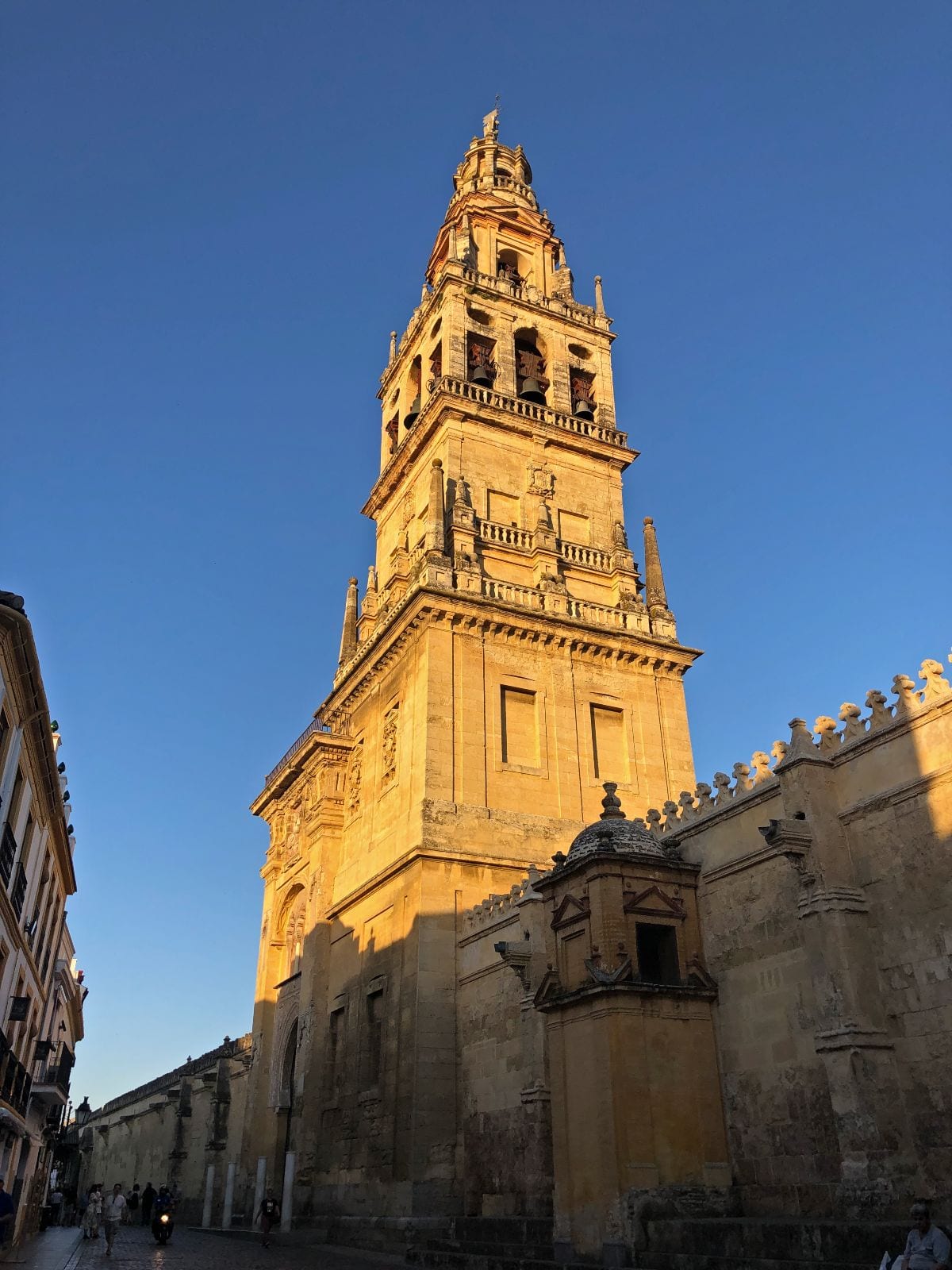
Getting Around
- Spain’s national rail system, called Renfe, is modern, well-maintained and efficient. High-speed AVE trains can zip you across the country in a blink — it takes just 2 1/2 hours to get from Madrid to Barcelona.
- In major cities, there’s no need for a car as public transport is convenient and inexpensive, and driving and parking are a nightmare. For exploring the countryside, it’s helpful to have your own wheels, especially if you want to visit places like the Costa Brava in Catalunya, the Galicia region on the northwest coast or the villages of Andalucia.
- Advance train reservations are a smart idea, especially for long-distance AVE routes that tend to sell out.
- Children under 6 can travel for free by rail (up to two per adult ticket), though they still require a reservation. Discounts are offered for 14- to 25-year-olds as well.
- Gas stations can be few and far between along the highways. Fill your tank and stock up on snacks before you get beyond city limits, and plan meal breaks around the siesta schedule.
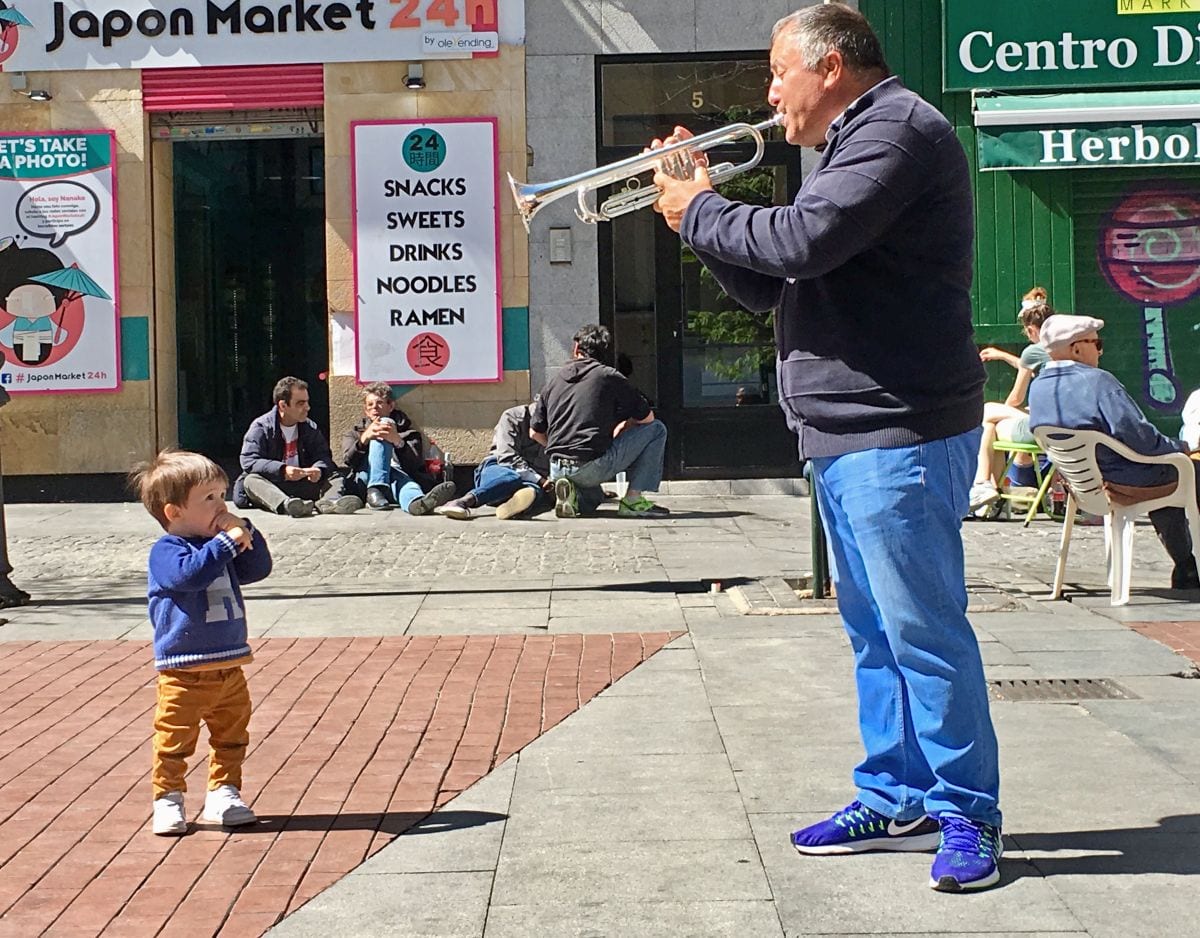
For Babies and Toddlers
- Spanish pharmacies and supermarkets carry essentials like diapers, formula, baby food and sunscreen, though not with the same variety you may be used to. If you need a specific brand, bring it with you. Make note of store hours too, since many are closed on Sundays.
- While it’s always worth asking, many restaurants lack high chairs, even in the cities. Just tuck the stroller next to the table and let your baby lounge or nap while (with luck) you eat in peace.
- Baby changing facilities are hard to come by, so it’s smart to pack a changing mat. The good news is that no one will look askance at a parent discreetly changing a diaper in public.
- Servers in bars and restaurants will generally be happy to heat a bottle or warm up baby food for you.
- Bring or buy a lightweight umbrella stroller for ease of navigating subway stations, museums and crowded sidewalks. If you are visiting a place with cobbled streets or lots of hills, like Toledo, a backpack carrier will come in handy too.
- Most car rental offices will supply car seats, but there is no way to vouch for the quality — we always suggest traveling with your own.
Relevant Links:
Browse all accommodations and activities in Spain on Ciao Bambino
10 amazing things to do in Spain with kids
Andalucia: The best of iconic Spain with kids
Tips for planning a family road trip through southern Spain
How to choose the right Spain beach vacation with kids
Photos by Lisa Frederick except where noted.
Editor’s note: This post was accurate when published. We advise checking independently for the latest information and updates. Ciao Bambino does not accept responsibility or liability for any errors or omissions in, or for any actions taken based on, the information presented.


 travel recommendations, inspiring adventures, and exclusive travel offers
travel recommendations, inspiring adventures, and exclusive travel offers
I love the traditional Spanish culture in Andalusia, the energy in Madrid and the magical vibes in Barcelona. My next stop in Spain is San Sebastian- a heaven for foodies and I’ve heard they have blue wine there?!?